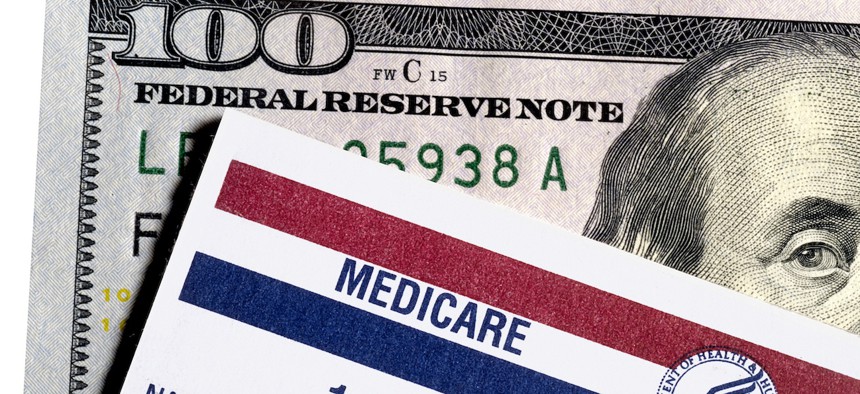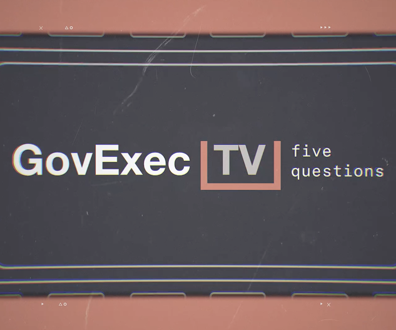
ATU Images/Getty Images
What USPS annuitants need to know about the Medicare Part B special enrollment period
Some postal annuitants may be able to avoid paying a penalty.
As part of the transition to the new Postal Service Health Benefits Program, eligible USPS annuitants who don’t have Medicare Part B can sign up for it without having to pay a penalty during a special enrollment period that began on April 1.
We’ll walk you through the details, explain Part B’s benefits and how it works with your current plan, and share additional resources that can help you make an informed decision.
How It Works
During the six-month SEP that lasts from April 1 to Sept. 30, USPS annuitants can join Part B without having to pay any late enrollment penalty. Coverage begins Jan. 1, 2025.
USPS annuitants eligible to participate in the SEP were notified by mail in March.
Current USPS annuitants without Part B are not required to enroll in Part B to keep PSHB coverage in retirement. However, current USPS annuitants with Part B on Jan. 1, 2025 will need to maintain their Part B coverage to keep PSHB coverage in retirement.
Why it Matters
In effect, the SEP is a do-over for USPS annuitants who chose not to enroll in Part B at age 65. Ordinarily, if you opted not to join during Medicare’s initial enrollment period, you would be subject to a late enrollment penalty that’s 10% for every year you could have had Part B and didn’t. For example, if you missed 10 years and then decided to enroll, you would be subject to a 100% penalty, or a doubling of the Part B premium.
The USPS is covering the late enrollment penalty for eligible USPS annuitants who decide to sign up for Part B during the SEP. Depending on how many years a USPS annuitant has missed having Part B, this could dramatically reduce its cost. But, it’s one-time only; If you don’t enroll during the SEP and later decide to sign up for Part B, you would be subject to the late enrollment penalty.
What is Part B?
Part B covers medically necessary and preventive services performed by doctors and more. Examples of such services include:
- Primary care and specialist doctor visits
- Outpatient hospital care
- Durable medical equipment
- Mental health services
- Ambulance
- Screenings, tests, and vaccines
Part B Premium
The 2024 Part B premium is $174.70/month. Depending on your income, you might be subject to an Income Related Monthly Adjustment Amount. Adjusted Gross Income is used to determine IRMAA, and there is a two-year lookback. For 2024, individual tax filers with income more than $103,000 and joint tax filers with income more than $206,000 are subject to IRMAA. In the first income tier, IRMAA is an additional $69.90/month.
How Part B Works with Your Current Plan
When you have Part B, Medicare pays first and your plan pays second for related healthcare expenses. Depending on your plan, that could mean you’ll pay $0 for doctor services, and the plan deductible, if yours has one, could be reduced to $0. Some plans also offer a partial Part B premium reimbursement.
However, not all plans reduce costs when you have Part B. You’ll want to check to see how your current plan works with Medicare and you may want to consider a different plan if yours doesn’t reduce out-of-pocket costs with Medicare.
Part B and Providers
Having Part B may give you access to more providers. With Part B, you can go outside of the provider network of your current plan and see any provider that accepts Medicare. If you decide to use Part B in that way, you’ll be subject to the $240 annual Part B deductible and you’ll have to pay 20% of the cost of service.
Medicare Advantage Plans
Having Part B enables you to enroll in Medicare Advantage plans. These have been offered by the FEHB program for several years, and many of the FEHB MA plans could be available in the PSHB program.
MA plans bundle Original Medicare, Parts A & B, and a Part D prescription drug plan. They often include additional benefits not typically found in Original Medicare such as dental, vision, hearing, and wellness benefits.
Some MA plans have $0 out-of-pocket costs for all healthcare expenses from providers that accept Medicare and the plan, besides prescription drugs. Some MA plans have generous Part B premium reimbursement where a portion of the Part B premium is paid back to you monthly. The combination of $0 out-of-pocket healthcare costs besides prescription drugs and Part B premium reimbursement makes MA plans the cheapest health plan type.
Depending on your current plan, you could possibly save thousands of dollars in estimated yearly costs by enrolling in one.
Next Steps
To help USPS annuitants with the Part B enrollment decision, a new Medicare comparison tool is available at KeepingPosted.org. It allows users to calculate their Part B premium, see how their current plan works with Part B, and learn more about Medicare Advantage plans.
KeepingPosted.org has additional resources for USPS annuitants including educational videos, lunch and learn seminars, PSHB FAQs, and contact information for the PSHB Navigator Help Line.
Kevin Moss is a senior editor with Consumers’ Checkbook. Watch more of his free advice here.
NEXT STORY: TSP funds touts well-rounded gains in March







